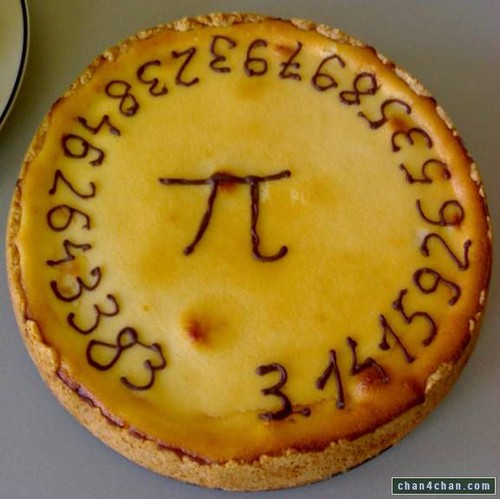What is Pinterest? Pinterest is a site where you can “pin” images you find on the internet. Think of it as one giant, virtual corkboard. The images you pin link directly to site where the image is located (or should), so you can learn more about it.
I wandered around the fringes of Pinterest for a few months during the fall semester, but didn't request an invitation. Finally, a post by Loreen Leedy entitled
Pinterest for nonfiction (and everything else)!, convinced me to take the plunge. I set up a site, played around a bit, and suddenly realized how very useful these boards could be in my teaching. Here is a screenshot of a few of my boards.

My Pinterest boards for math are in many ways more powerful than my web site for math, precisely because they are visual. Now instead of merely linking to a site with ideas for teaching about fractions, I can link to specific posts that SHOW these ideas in action.
Searching for and finding images for my boards has brought home two very important points. First, there are many very creative and talented teachers out their working very hard to give their students exactly what they need and then some. Second, despite all the negative things I see and hear about teachers and the state of public education, there are really good things happening on the ground and in the trenches where it matters most.
Suffice it to say that I've been enjoying my time finding resources for instruction and pinning them to my boards. So, I was a bit surprised and more than a little concerned when I started to read articles about Pinterest and copyright concerns. Here are a few.

This reading and a bit more searching led me to Laura Candler's post entitled
Do You Have Permission to Pin?. In this post she outlines the copyright concerns and encourages bloggers and others to join a "Permission to Pin" movement. Basically, displaying the "Permission to Pin" image on your site will serve as notice to visitors that you grant permission to pin your work.
Since I'm about to embark on a new series called Monday Math Freebies (check back tomorrow!) which will include images of resources I am creating, I want folks to know without a doubt that they can pin my work. If you are making images of your work available for others, I hope you'll think about joining.
And if you're interested in checking out my boards for math and science, visit my
Pinterest site!
 Today, March 14th, is Pi Day. No, that's not a typo. It is Pi day, as in 3.14159... you get the idea. The first Pi Day celebration was held at the San Francisco Exploratorium in 1988.
Today, March 14th, is Pi Day. No, that's not a typo. It is Pi day, as in 3.14159... you get the idea. The first Pi Day celebration was held at the San Francisco Exploratorium in 1988. This reading and a bit more searching led me to Laura Candler's post entitled Do You Have Permission to Pin?. In this post she outlines the copyright concerns and encourages bloggers and others to join a "Permission to Pin" movement. Basically, displaying the "Permission to Pin" image on your site will serve as notice to visitors that you grant permission to pin your work.
This reading and a bit more searching led me to Laura Candler's post entitled Do You Have Permission to Pin?. In this post she outlines the copyright concerns and encourages bloggers and others to join a "Permission to Pin" movement. Basically, displaying the "Permission to Pin" image on your site will serve as notice to visitors that you grant permission to pin your work.